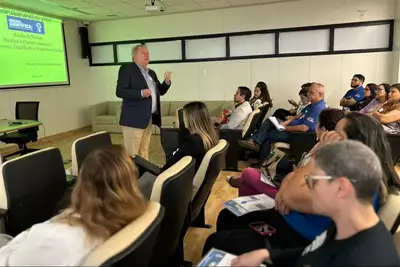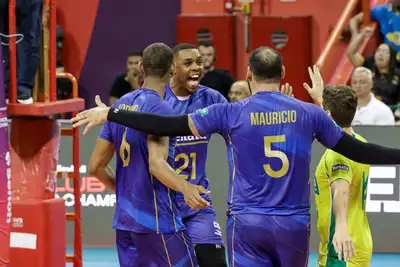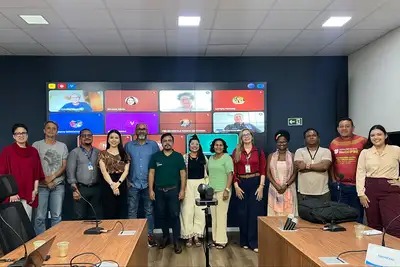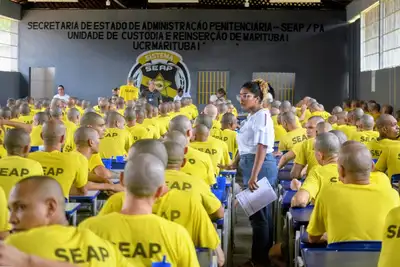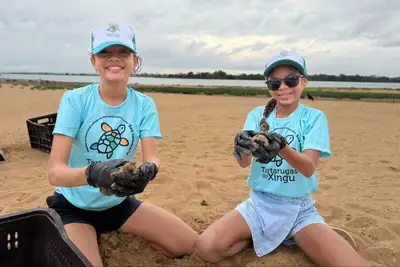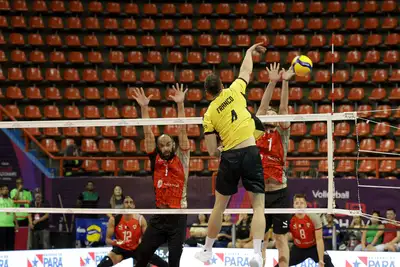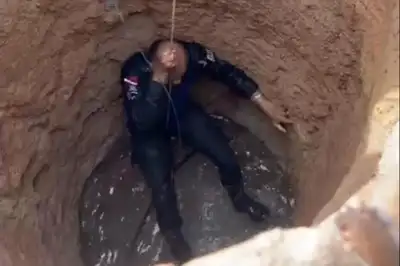Galileu Hospital advises on knee injuries for amateur and professional football players
Orthopedist Marcus Preti recommends, first and foremost, prevention, and in treatment, physiotherapy and medical follow-up for safe recovery
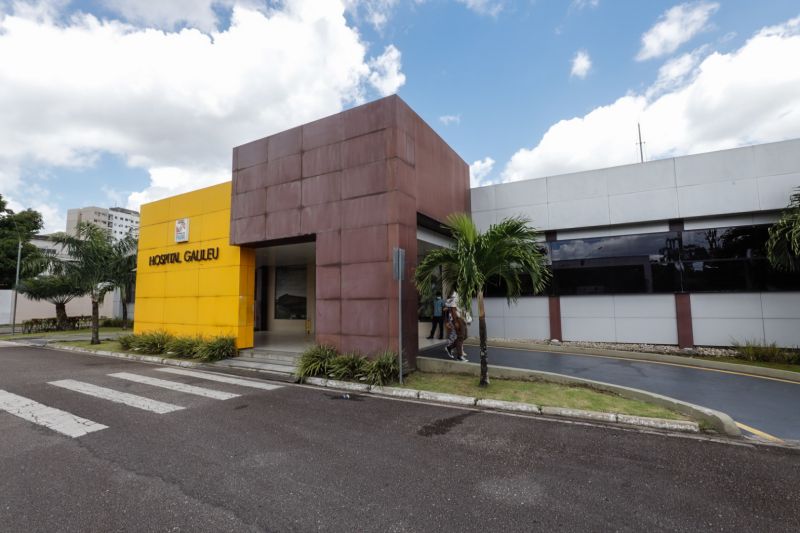
Football is a national passion, but it is also one of the sports with the highest risk of orthopedic injuries — especially those involving the anterior cruciate ligament (ACL), an essential structure for knee stability. According to orthopedist Marcus Preti from the Galileu State Public Hospital (HPEG) in Greater Belém, the combination of sprints, quick turns, and intense physical contact makes the sport a fertile ground for such traumas.
“These injuries are common because football requires sudden changes in direction, bursts of speed, and stops. This overloads the knee and can result in ligament rupture,” explains the specialist.
The orthopedist emphasizes that the profile of amateur athletes is different from that of professionals. “Professional players have proper physical training, medical follow-up, and prevention programs. In contrast, amateurs generally play without support, which increases the risk of serious injuries,” he states.
The most common signs of ACL injury are an audible pop at the moment of twisting, intense pain, rapid swelling, and difficulty walking. When the diagnosis is confirmed, treatment varies according to severity. “At Galileu, we offer everything from physiotherapy follow-up to modern ligament reconstruction surgeries, always focusing on the functional and safe recovery of the patient,” explains Marcus Preti.
Recovery after surgery can take six to twelve months, depending on individual response. During this period, physiotherapy plays a fundamental role. “It is essential for regaining strength, balance, and preventing new injuries. Early return to sports without proper rehabilitation can compromise the outcome and cause new ruptures,” warns the doctor.
As a preventive measure, the orthopedist recommends strengthening the leg muscles, respecting the body's limits, and seeking guidance from health and physical education professionals. “Taking care of the muscular structure is the first step to avoiding serious injuries. And in case of pain or instability, it is best to consult a specialist as soon as possible,” he advises.
Profile
The executive director of Galileu Hospital, Cledes Silva, reinforces the unit's role as a reference in orthopedics in Pará. “Galileu is a unique health reference. We present satisfaction rates close to 100% and are accredited with excellence by ONA, level 3, which recognizes our care safety, integrated management, and administrative quality. We offer humanized and safe care, resulting from the daily commitment of our professionals,” he states.
Cledes Silva also explains that Galileu Hospital is not an open-door unit, meaning it does not provide urgent and emergency care. “Our profile is that of orthopedic reference/back-up. We receive patients referred from other hospital units via the State Regulation Central system and perform specialized procedures,” he details.
Service:
Located on Avenida Mário Covas, the Galileu State Public Hospital (HPEG) is a unit of the State Government, managed by the Social and Environmental Health Institute of the Amazon (ISSAA), in partnership with the State Department of Public Health (Sespa).
The unit has 104 inpatient beds and offers surgeries for low and medium complexity fractures. HPEG performs procedures on diaphyseal tibia fractures, distal forearm and hand fractures, as well as treatments for chronic and acute osteomyelitis.
The hospital also maintains services for bone reconstruction and lengthening, trachea surgeries, and urological surgeries, such as benign prostatic hyperplasia, renal exclusion, and prostate biopsy screening.
Text by Roberta Paraense


